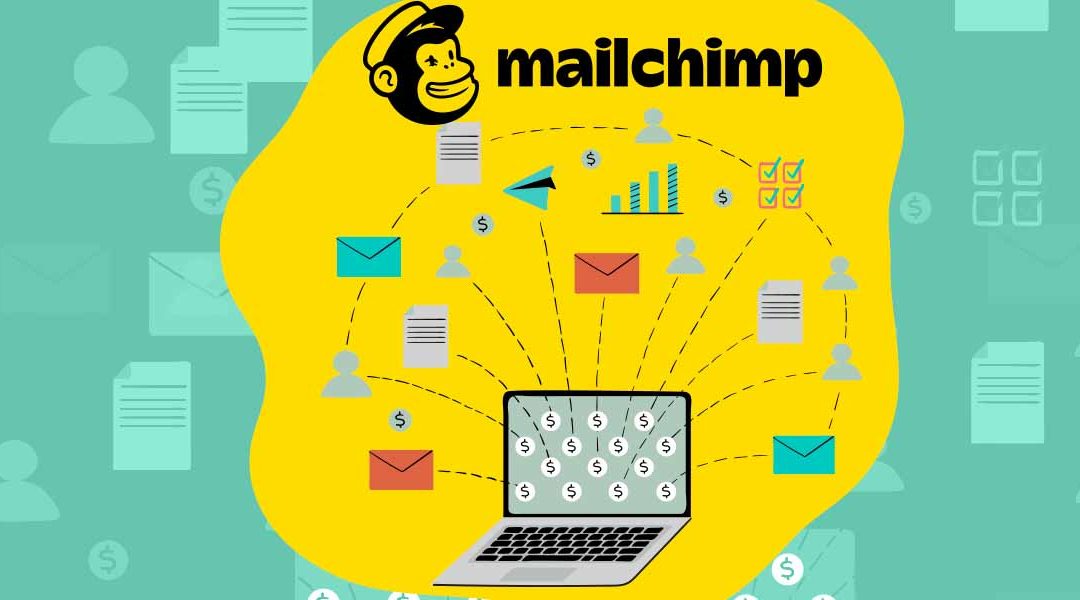Automation in Banking
Table of Content
Conventional banks are struggling to stay up with these cutting-edge offerings as a lot of digital payment and finance companies simplify cash transactions with just a few clicks. Customers’ and bankers’ experiences might be stressful when it comes to banking, mostly because of disorganized workflows and a lot of repetitive chores.
Automating banking activities resolves these problems, improving efficiency and streamlining procedures. This blog examines the advantages of automating banking procedures for operational efficiency, the activities that can be automated, and important things to think about when putting automation into practice.
Banking and Automation
The pandemic made clear how the banking industry needs to modernize its service offerings, placing a strong emphasis on contactless transactions. ATMs, on the other hand, have been a part of banking automation since the 1960s. These days, automating banking operations entails maximizing client experience, handling deposits, withdrawals, renewals, and customer acquisition while also streamlining accounting for customers. Automation reduces the need for human intervention and produces a smooth, organized process, while traditional banking operations frequently run irregularly, slowly, and are prone to errors.
Advantages of Automating Banking Operations

Reduction in Cost
By getting rid of repetitive tasks and lowering the possibility of additional charges, automating banking operations dramatically lowers operating costs. Because manual setups are inefficient and need additional human resources, they are frequently expensive. However, automation reduces costs by streamlining these procedures.
Fraud Prevention and Trust
Automation integrates and processes data fast and reliably without requiring human intervention, enabling banks to prioritize client service. By doing this, the possibility of information processing errors is reduced, resulting in a more reliable client relationship.
Increased Efficiency and Productivity
Automating banking processes increases productivity and efficiency all around. Banking automation systems take care of repetitive duties so staff members can concentrate on more difficult problems, increasing output. The best organizational structure results from this human-automation partnership.
Flexibility in Service
Automation in banking operations allows workers to concentrate on jobs that call for human engagement and communication, increasing employee flexibility. This streamlines internal operations by getting rid of unnecessary tasks and improves the client onboarding experience by providing instantaneous account creation and verification.

Accuracy and Risk Reduction
For managing financial data, automated banking procedures are essential since they are smooth and error-free. Automation guarantees data integrity and reliability by reducing risks and errors to zero.
Less Paperwork
By reducing the need for paper documentation, automation improves the standardization and organization of banking procedures. E-document handling simplifies, increases accuracy, and reduces complications, lowering the possibility of mistakes that frequently occur during manual spreadsheet entry.
Improved Online Interactions
Banking automation enhances the omnichannel system, making online interactions between banks and customers seamless. This results in a better customer experience and increases customer satisfaction.
Enhanced Agility
Automation ensures flexible and efficient operations by enabling banks to quickly adjust to changes in the industry. Quick data changes, shifts, and storage maintain procedures effectively and foster a better work culture.
Eliminating Data Silos
Automation improves communication within global banking networks, ensuring effective information flow and organizational efficiency. This is essential for banks that operate on a global scale.
Banking Operations Benefitting from Automation
Automation makes sure that procedures are connected seamlessly, which solves the deficiencies in banking. Several banking tasks can be automated, including:

Commercial Loan Lending
Data entry, loan processing, account opening, and data retrieval are all made simpler by automation. Banks can effectively handle every stage of the loan lifecycle, from account administration to onboarding, by automating these processes.
Supply Chain Finance
Manual interaction with financing and discounting requests may hamper the trade-associated finance. Automation simplifies supply chain finance processes by eliminating communication gaps and guaranteeing the efficient flow of cash, paperwork, and requests.
Payments
Recurring payment automation expedites the procedure and provides instant access to all automated fund transfer details. Automation tools optimize all payment-related tasks by gathering, processing, and executing data from many sources.
Regulatory Compliance
Since policies are constantly changing, maintaining regulatory compliance is challenging. Automation streamlines compliance processes, making sure that every operation effectively complies with the most recent laws.

Customer Service
Automation guarantees accurate, timely service for deposits, loans, account openings, and inquiries. By responding promptly and accurately, it enables banks to surpass consumer expectations and improve overall customer service.
Know Your Customers (KYC)
Automation makes KYC verifications easier, improves customer retention, and saves time. Automated KYC procedures guarantee regular data gathering and updating, enabling banks to tailor services to their clients’ specific requirements.
Billing and Discounting
Automation eliminates tedious processes and frees up the workspace for the workers and the supply chain by reducing human participation in finance and discount requests.

Anti-Money Laundering and Fraud Detection
Approval screening is done automatically to find false positives and stop fraud. This guarantees a safe banking environment by identifying and resolving possible fraud instances promptly.
Account Termination
Automation makes ensuring that accounts are closed on time in the event of fraud or inactivity. The process of terminating an account is made more efficient and secure by adding approval requests and reminders.
Features to Look for in a Banking Automation Tool
Choosing the right banking automation software is crucial. Key features to look for include:
Third-Party Integration
Seamlessly works with a variety of back-end programs and systems. Your automation tool’s ability to integrate with current systems ensures that a streamlined and effective workflow can be achieved.
Device Compatibility
Supports mobile and other device compatibility for flexible work environments. Employee flexibility and productivity are increased when mobile compatibility is offered.
Adaptability
Software should accommodate technological upgrades. An adaptable automation tool ensures that your systems stay current with the latest technological advancements.

Security and Controlled Access
Ensures fraud-proof data security and controlled access. Sophisticated security protocols shield confidential financial information from intrusions and unapproved access.
Drag-and-Drop Form Creation
Enables creation of visually appealing forms to expand the customer base. This feature makes it easier to create and implement customer-friendly forms by streamlining the form-generation process.
Reminders and Notifications
Enables customization of reminders and notifications. Automated reminders increase productivity by assisting staff in staying on top of assignments and deadlines.
No-Code Workflow Design
Allows non-tech employees to create workflows easily. All staff members can contribute to process automation with a no-code platform without requiring technical knowledge.
Summary
Automating banking operations can greatly streamline processes and improve efficiency, yet some challenges remain. Despite advancements, many automation tools still lack the flexibility and customization needed to address unique banking needs fully. This is where Robylon AI comes into play.
Robylon AI empowers users to create AI assistants that understand their needs and can guide, help, and take action using plain English. With features like Actions & Workflows, Usage Analytics, Triggers & Schedulers, and an Integrations Ecosystem, Robylon AI simplifies tedious processes, executes cross-platform actions, and provides valuable insights, making it a powerful tool for modernizing banking automation.
Sounds interesting? Book a demo with us!
FAQs
What are the main benefits of automating banking operations?
The key benefits include cost reduction, fraud prevention, increased efficiency and productivity, enhanced accuracy and risk reduction, less paperwork, improved online interactions, and greater agility to adapt to industry changes.
Which banking processes can be automated?
Several processes can be automated, including payments, supply chain finance, billing and discounting, regulatory compliance, customer service, commercial loan lending, KYC (Know Your Customer), anti-money laundering, fraud detection, and account termination.
How does banking automation improve customer service?
Automation ensures accurate and timely service for deposits, loans, account openings, and inquiries, enabling banks to respond promptly and exceed customer expectations, leading to improved overall customer satisfaction.
What security measures should a banking automation tool have?
It should have robust security protocols, controlled access, and data encryption to safeguard sensitive financial information from breaches and unauthorized access.
How can banking automation tools adapt to changing technologies?
A good automation tool should be flexible and able to accommodate technological upgrades, ensuring that the bank’s systems remain up-to-date with the latest advancements.
Can non-technical staff use banking automation tools?
Many modern tools offer a no-code workflow design feature, allowing non-technical employees to create and customize workflows without requiring coding knowledge.
What are some key features to look for in a banking automation tool?
Important features include third-party integration capabilities, device compatibility (including mobile), drag-and-drop form creation, customizable reminders and notifications, and seamless integration with existing systems.







